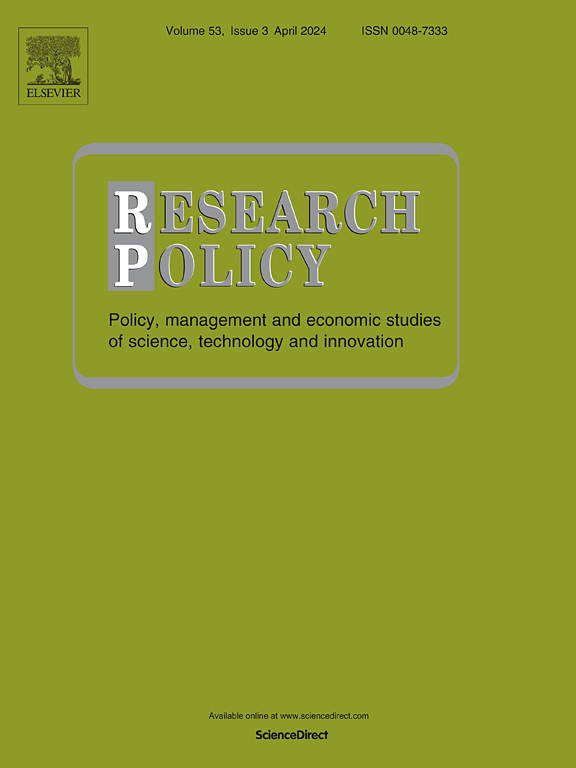公共部门创新的政治背景:对乌克兰的关键解释综合
IF 8
1区 管理学
Q1 MANAGEMENT
引用次数: 0
摘要
创新往往会引发权力斗争,重新分配资源,并挑战根深蒂固的制度遗产。然而,在政治背景下,特别是在非西方国家,权力动态在塑造公共部门创新(PSI)方面的作用仍未得到充分探索。本研究通过研究乌克兰多层次和关键时刻的权力动态如何影响PSI轨迹来解决这一差距。我们借鉴历史制度主义,对1991年至2022年的84项研究进行了具体情境的批判性解释综合,揭示了关键时刻如何强化PSI并实现新的创新重点。然而,这些时刻深受国际、国家和国家以下各级现有权力动态的制约。虽然一些创新有助于权力的再分配,但由于路径依赖,其他创新停滞不前或支离破碎。本研究做出了两个主要的理论贡献:首先,它将政治背景重新定义为一个动态的、多层次的垂直和水平权力争夺的舞台,它塑造了PSI;其次,它扩展了PSI理论,展示了关键节点如何作为受约束代理的暂时有限时期运作,累积形成创新轨迹。这些见解促进了我们对PSI中政治背景、权力动态和时间性之间复杂相互作用的理解。本文章由计算机程序翻译,如有差异,请以英文原文为准。
The political context of public sector innovation: A critical interpretive synthesis on Ukraine
Innovation often sparks power struggles, redistributes resources, and challenges entrenched institutional legacies. Yet the role of power dynamics embedded in political contexts, particularly in non-Western countries, in shaping public sector innovation (PSI) has remained underexplored. This study addresses this gap by examining how power dynamics at multiple levels and critical junctures have shaped PSI trajectories over time in Ukraine. Drawing on historical institutionalism and using a context-specific critical interpretive synthesis of 84 studies from 1991 to 2022, we reveal how critical junctures intensified PSI and enabled new innovation priorities. However, these moments were deeply conditioned by existing power dynamics across international, national and subnational political levels. While some innovations contributed to the redistribution of power, others were stalled or fragmented owing to path dependencies. This study makes two primary theoretical contributions: first, it reconceptualizes political context as a dynamic, multilevel arena of vertical and horizontal power contestations that shapes PSI; second, it extends PSI theory by demonstrating how critical junctures operate as temporally bounded periods of constrained agency, cumulatively shaping innovation trajectories. These insights advance our understanding of the complex interplays between political contexts, power dynamics, and temporality in PSI.
求助全文
通过发布文献求助,成功后即可免费获取论文全文。
去求助
来源期刊

Research Policy
MANAGEMENT-
CiteScore
12.80
自引率
6.90%
发文量
182
期刊介绍:
Research Policy (RP) articles explore the interaction between innovation, technology, or research, and economic, social, political, and organizational processes, both empirically and theoretically. All RP papers are expected to provide insights with implications for policy or management.
Research Policy (RP) is a multidisciplinary journal focused on analyzing, understanding, and effectively addressing the challenges posed by innovation, technology, R&D, and science. This includes activities related to knowledge creation, diffusion, acquisition, and exploitation in the form of new or improved products, processes, or services, across economic, policy, management, organizational, and environmental dimensions.
 求助内容:
求助内容: 应助结果提醒方式:
应助结果提醒方式:


